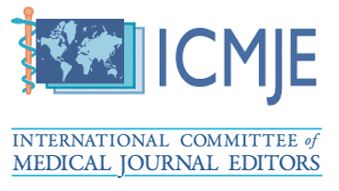Rare Case of Ischemic Infarction in the Splenium of the Corpus Callosum: Diagnostic Complexity and Therapeutic Outcomes in a 60-Year-Old Male
Ereida Rraklli1*, Diana Dhimitri2, Megi Lekbello3
1 Neurologist, Berat Hospital, Albania.
2 Radiologist, German Hospital, Tirana Albania.
3 Endocrinologist, University Hospital Center Mother Theresa, Tirana, Albania.
*Corresponding Author: Ereida Rraklli, Neurologist, Berat Hospital, Albania.
https://doi.org/10.58624/SVOANE.2025.06.001
Received: December 16, 2024
Published: January 15, 2025
Citation: Rraklli E, Dhimitri D, Lekbello M. Rare Case of Ischemic Infarction in the Splenium of the Corpus Callosum: Diagnostic Complexity and Therapeutic Outcomes in a 60-Year Old Male. SVOA Neurology 2025, 6:1, 01-04. doi: 10.58624/SVOANE.2025.06.001
Abstract
Background: Corpus callosum infarction, although relatively uncommon, represents a significant clinical entity with diverse and subtle presentations [1]. This report highlights a case of ischemic infarction in the left corpus callosum, underscoring its diagnostic complexity, clinical significance, and impact on patient outcomes.
Case Description: We present a case of a 60-year-old male with a history of hypertension, coronary artery bypass grafting (CABG), and diabetes mellitus presented with cognitive changes and gait abnormalities, initially misattributed to metabolic causes. Imaging revealed a hypodense area in the left corpus callosum on CT, with MRA confirming T2-weighted hyperintensity in the splenium and adjacent regions, suggestive of acute ischemia. Additional findings included 70% stenosis of the left internal carotid artery and a dominant right vertebral artery. The patient received conservative treatment with dual antiplatelet therapy (DAPT) and atorvastatin, resulting in significant functional recovery.
Conclusion: This case underscores the importance of recognizing corpus callosum infarction as a rare but clinically significant condition often associated with systemic atherosclerosis and cerebrovascular compromise. Multimodal imaging plays a critical role in early diagnosis, while management focuses on addressing underlying vascular risk factors and optimizing neurological recovery [2, 3]. Enhanced awareness and further research are essential to improve the understanding, diagnosis, and management of this underrecognized cerebrovascular pathology.
Keywords: Corpus Callosum Infarction, Ischemic Stroke, Neuroimaging, Dual Antiplatelet Therapy, Vascular Risk Factors











